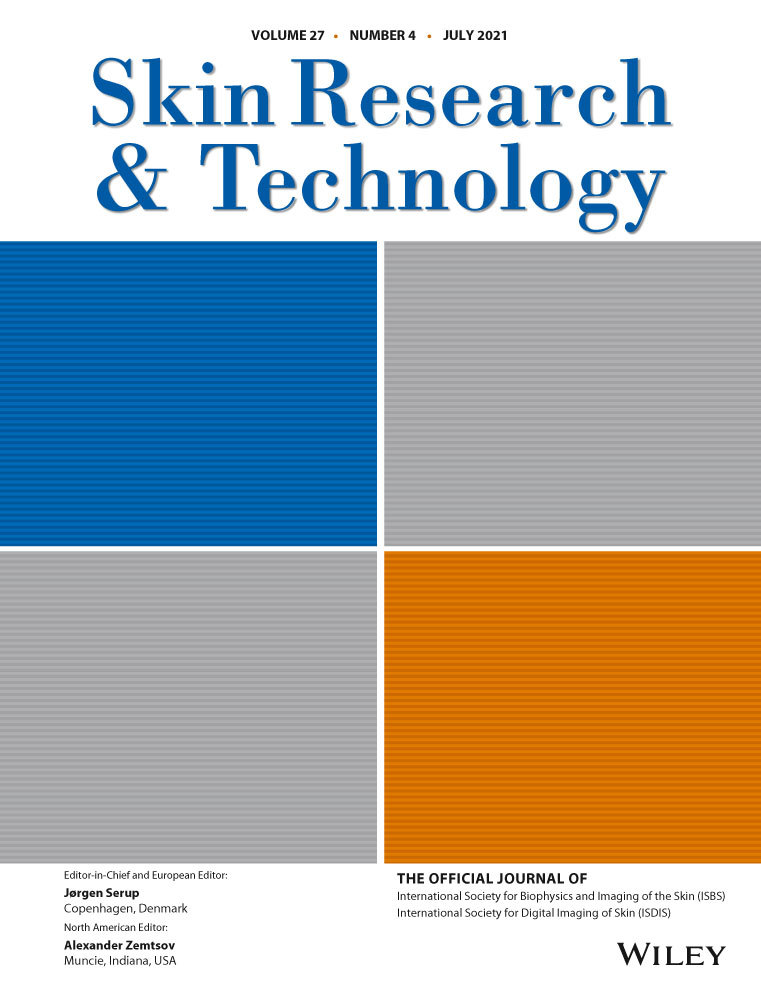Development of a clinical scale to assess the severity of striae distensae
Abstract
Background and Objective
There is no validated instrument to assess the clinical severity of striae distensae. Here, we aimed to develop a striae distensae severity scale.
Material and Methods
After a Delphi-based consensus, 15 items related to striae severity were assessed in 110 areas (breasts, abdomen, and buttocks) from 45 participants. The items were analyzed through a partial least squares model to select the most important variables. To assess the reliability of the scale, 43 areas were retested.
Results
Of the 110 areas evaluated, 34 were breasts, 24 abdomens, and 52 buttocks. Striae were considered mild in 30% of the evaluations, moderate in 33%, severe in 21%, and extremely severe in 16%. The final model was composed by: width of the widest striae, width of the striae with the most frequent pattern, atrophy, number of affected quadrants, distribution (multiple or isolated), hypo or hyperchromia and topography. The scores of the scale demonstrated a high correlation with the clinical classification (rho = 0.77). There was a high agreement in the scores from the reassessed areas (intraclass correlation coefficient = 0.90).
Conclusion
An objective and reliable scale to assess the clinical severity of striae distensae on the breasts, abdomen, and buttocks was developed.




